When I moved into a windowless basement apartment, I had no idea how heavy the darkness would feel. I tried a fresh coat of bright paint, but it barely made a difference.
That’s when I began some creative ways to simulate natural light.
Through trial and error, I picked up a handful of game-changing tricks, including layered lighting, reflective surfaces, light-colored textiles, and more.
Each change added just a little more brightness, and eventually, the whole room felt lighter and more alive.
If you’re dealing with a dim space that lacks windows, I’ve been there, and this guide pulls together all the things that worked best for me.
You don’t need sunlight to create a space that shines.
Scroll down to find easy, proven tips that will totally transform your room, no renovations required.
Why Some Rooms Feel Darker Than Others
Some rooms naturally feel darker than others, even if they’re not in a basement or don’t have windows. This usually comes down to a few key design factors.
Dark paint colors, bulky furniture, and heavy textiles, such as thick curtains or dark rugs, can all absorb light rather than reflect it.
Rooms with low ceilings or odd layouts may also block light from spreading evenly, making corners feel shadowy.
Another common reason is poor lighting design; using only one overhead light or the wrong bulb color temperature can leave a space feeling dim.
Even clutter plays a role by interrupting visual flow. Understanding these factors makes it easier to fix them and helps any room feel brighter, lighter, and more comfortable.
How to Lighten a Dark Room with No Natural Light
Just because a room doesn’t have windows doesn’t mean it has to feel gloomy. Below, I’ll walk you through proven tricks I’ve used, like layered lighting, reflective surfaces, and bright decor, that can make any space feel fresh, open, and full of life.
1. Use Light-Colored Paint

Painting your walls and ceiling in light hues like soft white, cream, or light gray helps reflect artificial and ambient light.
These tones bounce brightness across the room and prevent a cave-like feeling. Matte finishes are fine, but a slight sheen can enhance reflectivity even more.
2. Add Multiple Light Sources

Layer lighting to eliminate dark corners and shadows. Use a mix of ceiling fixtures, table and floor lamps, sconces, and LED strips.
This variety creates visual depth and consistent brightness throughout the space, mimicking the effect of sunlight filtering in from different directions.
3. Hang Large Mirrors
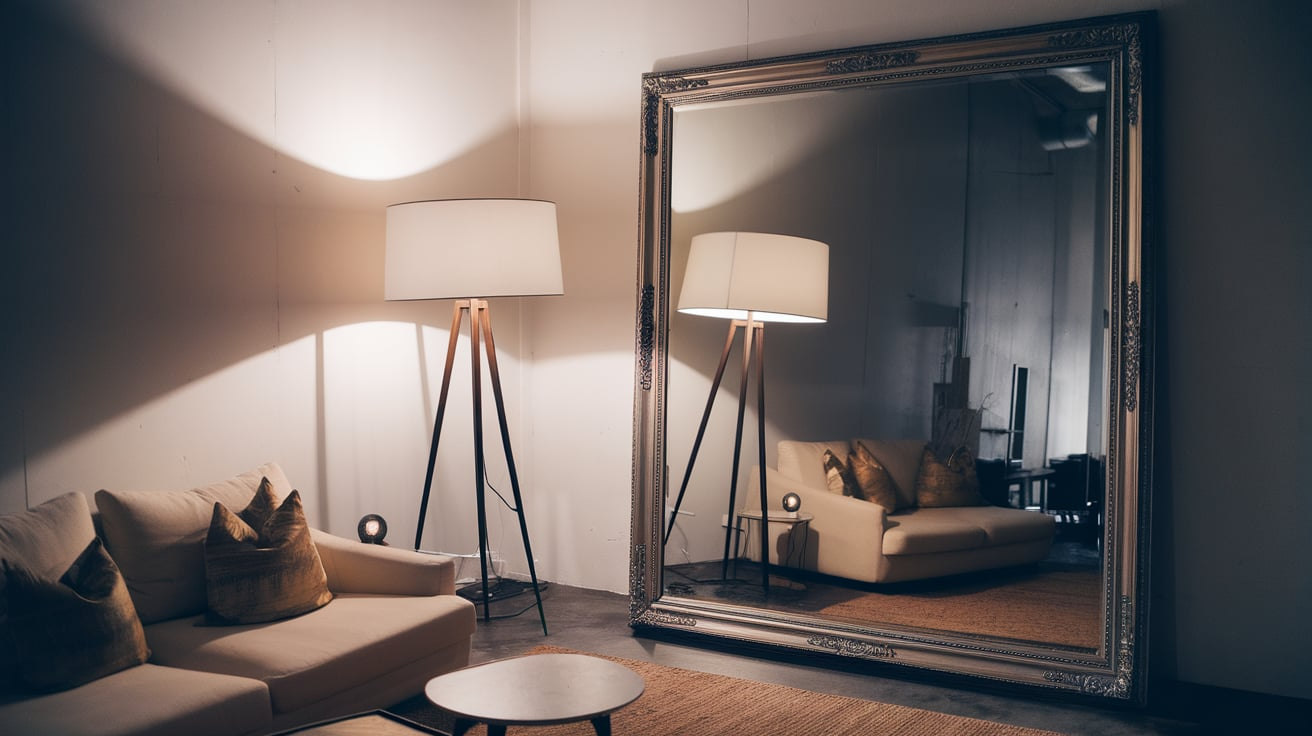
Mirrors reflect light and space. Hang a large mirror across from a light source to amplify brightness and create the illusion of a larger room.
Mirrored furniture or decor can also subtly reflect light and make even the darkest corners feel more open and inviting.
4. Use Light-Colored Wall Art
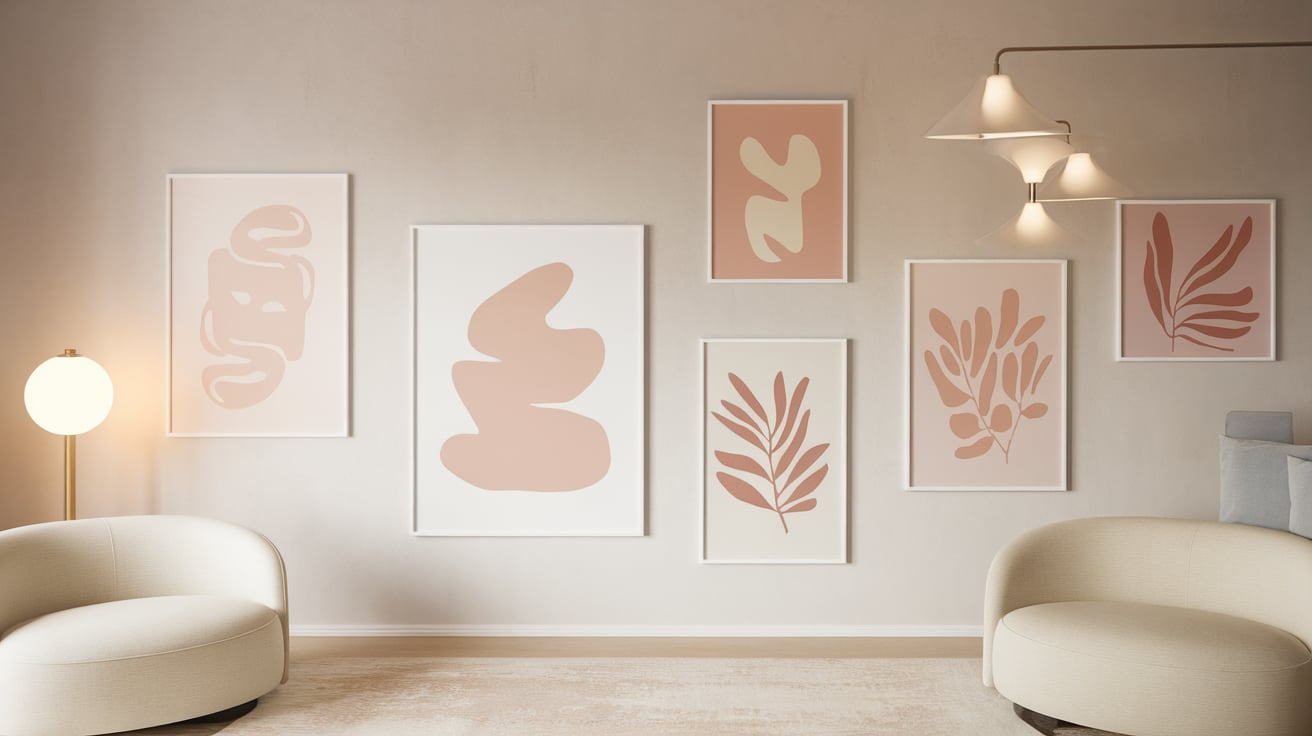
Decorate your walls with art that features pale backgrounds, minimal contrast, or pastel tones. These kinds of prints reflect artificial light rather than absorbing it.
Avoid dark or heavily saturated artwork, which can make the space feel heavier. Light-toned canvases or framed prints keep the wall feeling open and visually brighter.
5. Choose Glossy or Reflective Surfaces

Furniture with glossy lacquer, tiles with a shiny glaze, and polished metal accents can bounce light around the room.
Reflective surfaces, such as glass tables or mirrored cabinets, keep the space from feeling flat or heavy and make dark rooms feel more vibrant and alive.
6. Incorporate Light-Colored Flooring or Rugs
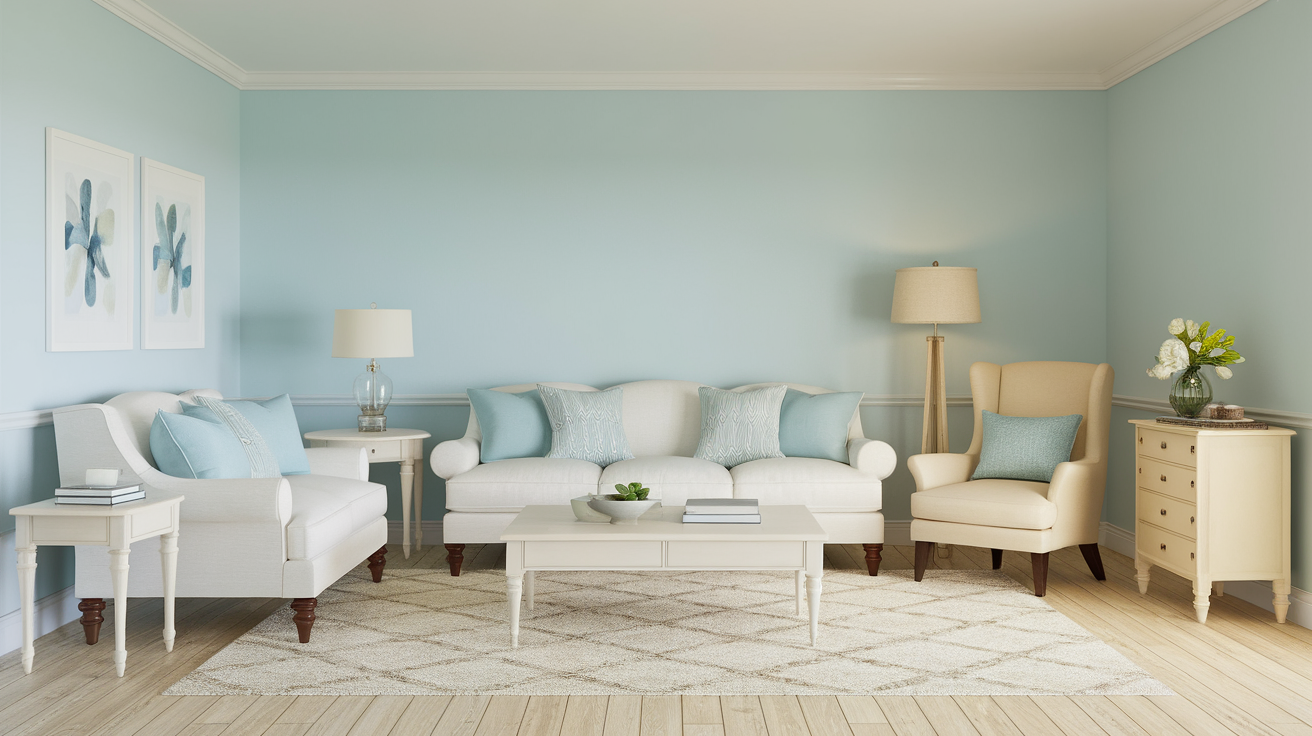
Dark floors absorb light and weigh down the space. Instead, opt for light-toned wood, whitewashed tile, or bright area rugs.
These choices help lift the visual base of the room, create contrast with darker furniture, and contribute to an airy, balanced atmosphere.
7. Use LED Bulbs with High Lumen Output

Install LED bulbs labeled “daylight” or “cool white,” with a high lumen count (800–1600).
These bulbs mimic natural sunlight more effectively than warm white ones and can brighten a dim space.
They’re also energy-efficient and last longer, making them a great long-term investment.
8. Paint the Ceiling a Lighter Shade Than the Walls

Painting your ceiling slightly lighter than your wall color gives the illusion of height and openness.
This visual lift helps brighten up low or dark spaces. Gloss or satin finishes can reflect more light than flat paint and visually push the ceiling upward.
9. Add Open or Glass Furniture
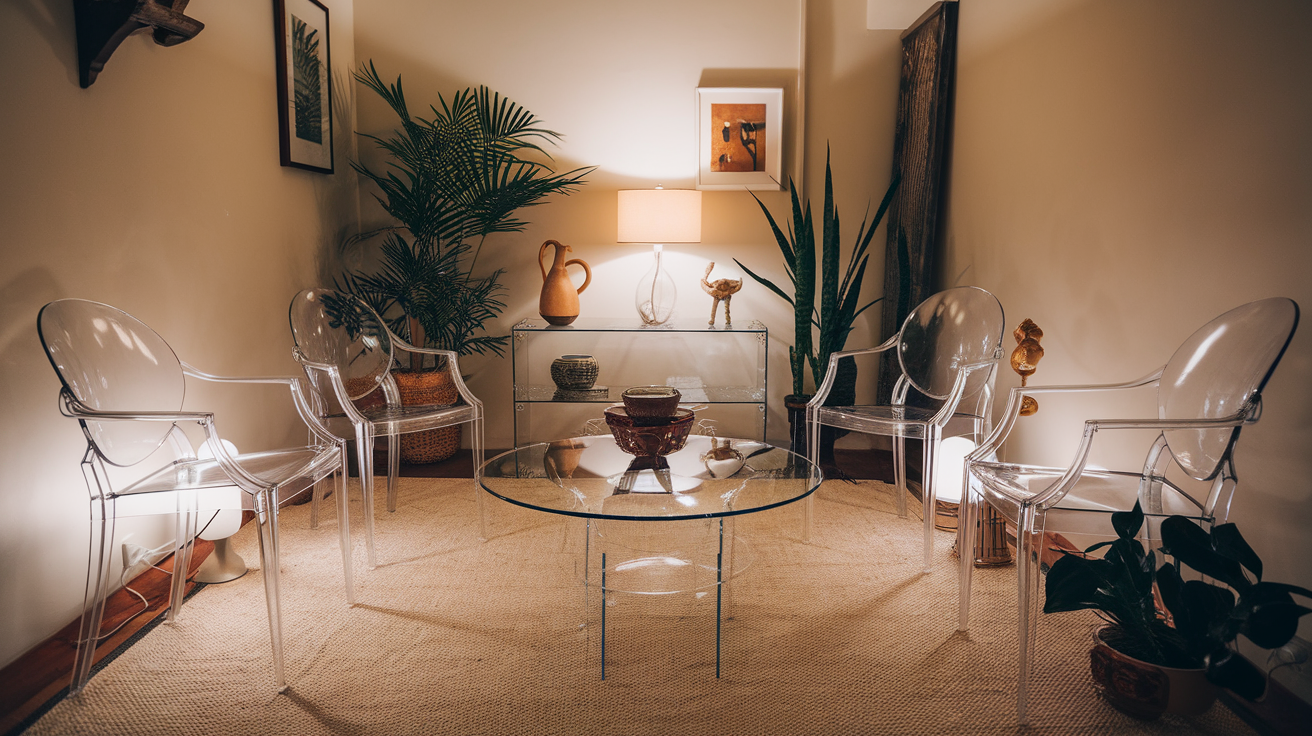
Avoid bulky or dark furniture that blocks visual flow. Opt for pieces made of clear acrylic, glass, or open metal frames.
These allow light to move freely through the space and prevent visual clutter, helping small or dark rooms feel airy and spacious.
10. Install Under-Cabinet Lighting

Dark countertops and kitchens benefit greatly from under-cabinet lighting.
Add LED strips or puck lights under cabinets to illuminate workspaces and prevent shadowy zones.
It’s a subtle but powerful way to improve task lighting and add a cozy ambiance without changing your overhead fixture.
11. Use Metallic Accents
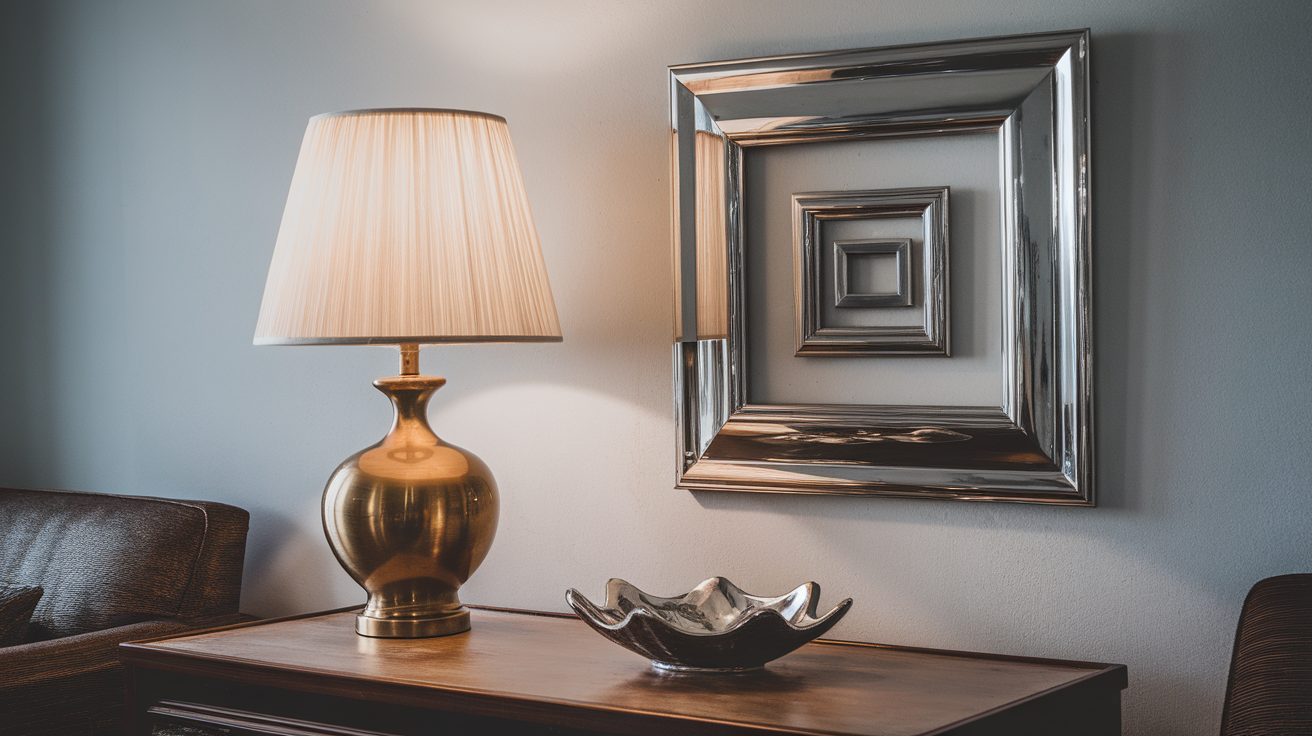
Decor elements in gold, silver, chrome, or brass reflect both natural and artificial light.
Add a shiny vase, lamp base, mirror frame, or wall art to boost brightness without overpowering the room.
Metallics also add warmth, elegance, and a contemporary vibe to any space.
12. Use Translucent Room Dividers or Panels
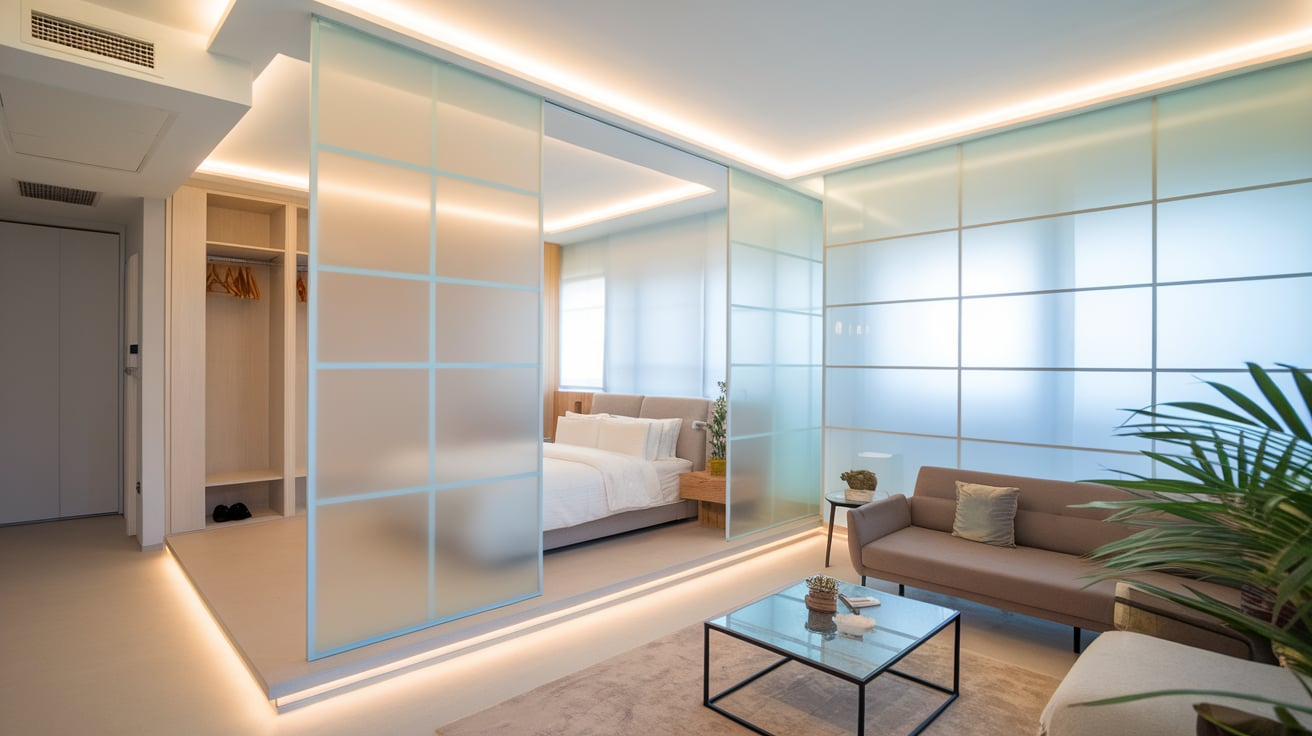
In open layouts or studio apartments with dark zones, try using translucent dividers made of frosted glass, acrylic, or light-toned fabric.
These allow artificial light to pass through while subtly separating spaces. Unlike solid partitions, they won’t block brightness and help maintain an open, airy feeling.
13. Declutter the Room
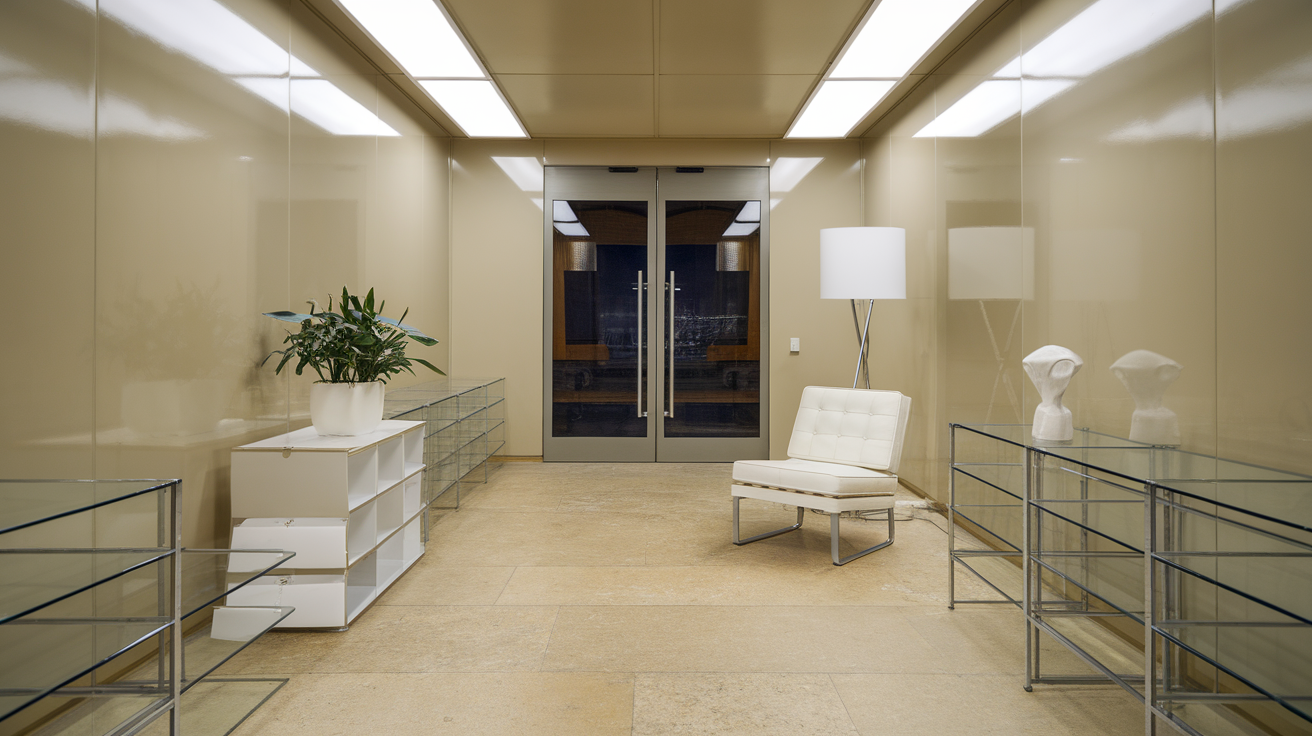
Too much furniture or décor can block light and add visual weight. Simplify your layout, use multi-purpose furniture, and clear countertops.
When surfaces are open and streamlined, light bounces more freely, and the entire room feels cleaner, brighter, and more breathable.
14. Add a Light-Colored Accent Wall
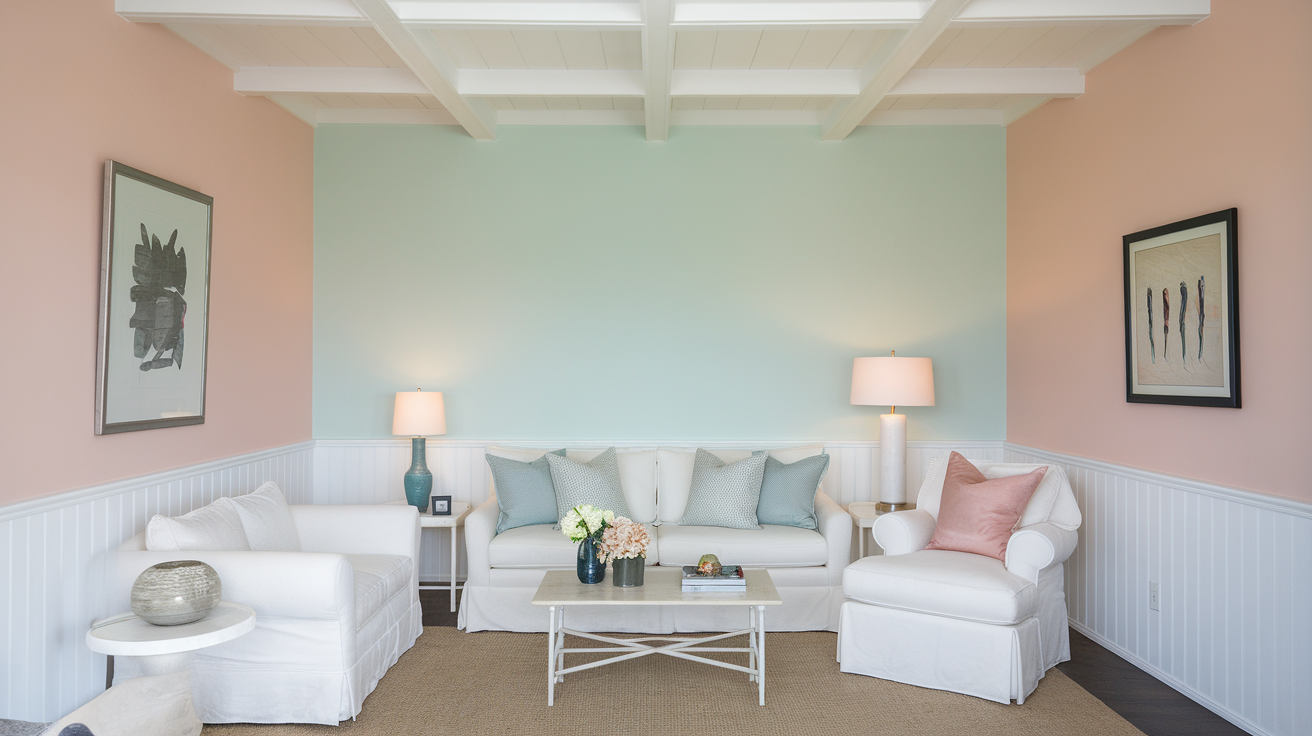
If you want a pop of color without darkening the space, pick one wall for a light-toned accent like soft blush, mint, or pale yellow.
It adds personality while maintaining brightness. Painting trim and doors in crisp white enhances the effect even more.
15. Place Lights Behind Furniture
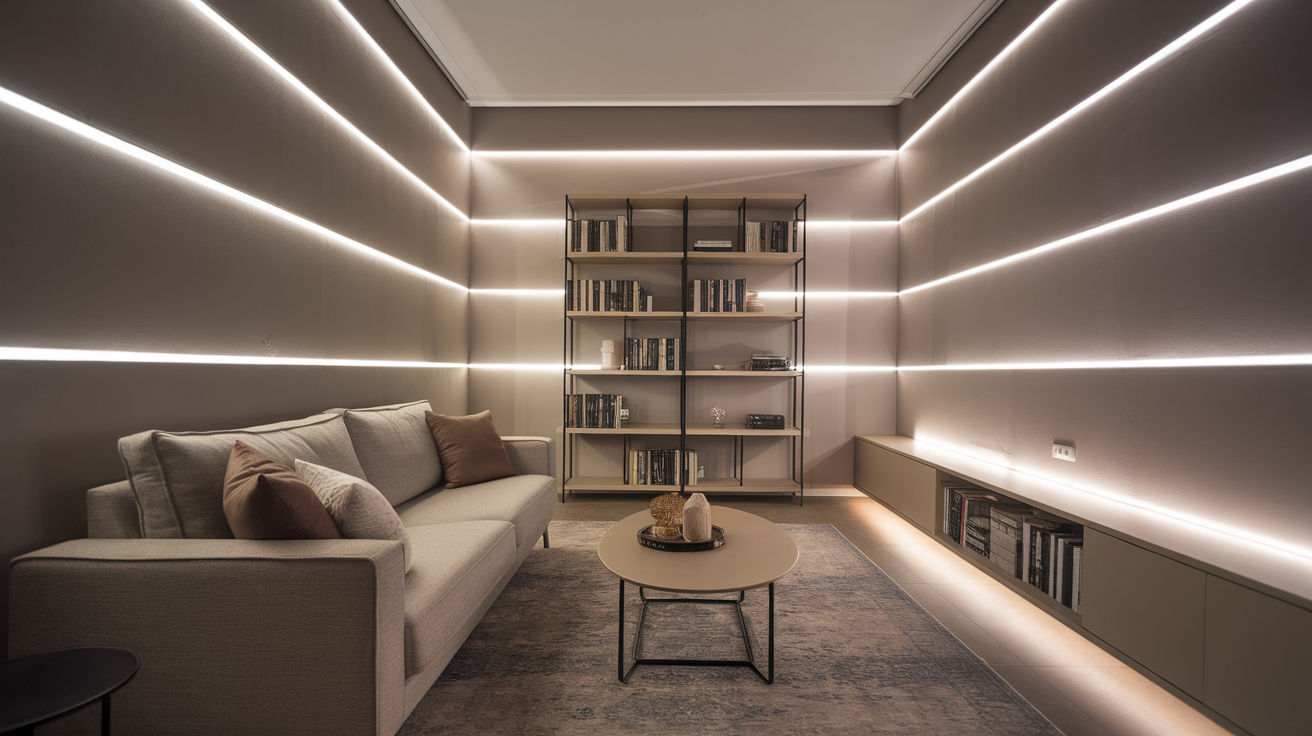
Tuck LED strips or small lamps behind sofas, headboards, or bookshelves. This technique creates a halo effect that eliminates harsh shadows and adds depth.
Indirect lighting makes a room feel softer and more layered, perfect for rooms that lack direct sunlight.
How to Lighten a Dark Room: What the Online Community Says
Many people in forums like Reddit and Houzz ask how to brighten windowless rooms. Below are the top tips shared by those who’ve faced the same challenge:
- Layer your lighting sources: Many Redditors recommend using a combination of overhead lighting, floor lamps, wall sconces, and even LED strips to mimic natural daylight.
- Use mirrors strategically: A top suggestion on Houzz threads is to hang large mirrors across from light sources to reflect light deeper into the room.
- Stick to light wall colors: Forum users often agree that white, cream, or light gray walls help reflect artificial light better, making the space feel more open.
- Add shiny or reflective finishes: Popular advice includes using glossy paint, metallic accessories, or glass tabletops to help bounce light around.
- Choose transparent or pale furniture: In multiple community posts, people recommend clear acrylic chairs, white bookcases, or pale wood tables to reduce visual heaviness.
- Let borrowed light flow in: Some Reddit DIYers suggest removing heavy curtains or using glass-paned doors to let light from other rooms spill in.
- Use light, bright decor: Users on interior design forums often mention using white picture frames, neutral textiles, or light-colored rugs to lift the space subtly.
- Switch to daylight LED bulbs: One of the most repeated tips is replacing bulbs with bright white or daylight LEDs, especially in ceiling fixtures or reading lamps.
Mistakes That Make a Room Look Even Darker
Dark furniture and poor lighting can make a room appear dull. Here’s how to fix common brightness-blocking mistakes fast:
- Using Dark Wall Colors: Deep shades can absorb light, making the room feel smaller and more enclosed.
- Heavy or Dark Window Treatments: Thick, dark curtains block any possible light and add visual weight.
- Insufficient Lighting Layers: Relying on just one ceiling light leaves corners in shadows and makes the space feel dim.
- Gloss-Free or Matte Surfaces: These don’t reflect light, reducing the overall brightness in the room.
- Bulky or Dark Furniture: Oversized or deep-toned furniture can dominate a small space and soak up light.
- Neglecting Mirror Use: Mirrors bounce light around; without them, rooms can feel flat and closed in.
- Cluttered Decor:Too many objects or dark accessories crowd the space and block visual flow.
Conclusion
Living in a dark space doesn’t mean giving up on style or comfort.
I used to think I needed windows to make a room feel right, but once I stopped chasing sunlight and focused on proven design tricks, everything changed.
The right mix of layered lighting, reflective materials, pale colors, and thoughtful layout transformed my once-gloomy room into a warm, open, and inviting space.
If you’re dealing with a basement, a windowless office, or just a dark corner, these small changes can make a big impact.
Try these tips at your own pace; you’ll be amazed at how much difference each one makes.
Drop a comment below. I’d be happy to help you determine the ideal lighting strategy for your space. Let’s brighten it up together!

